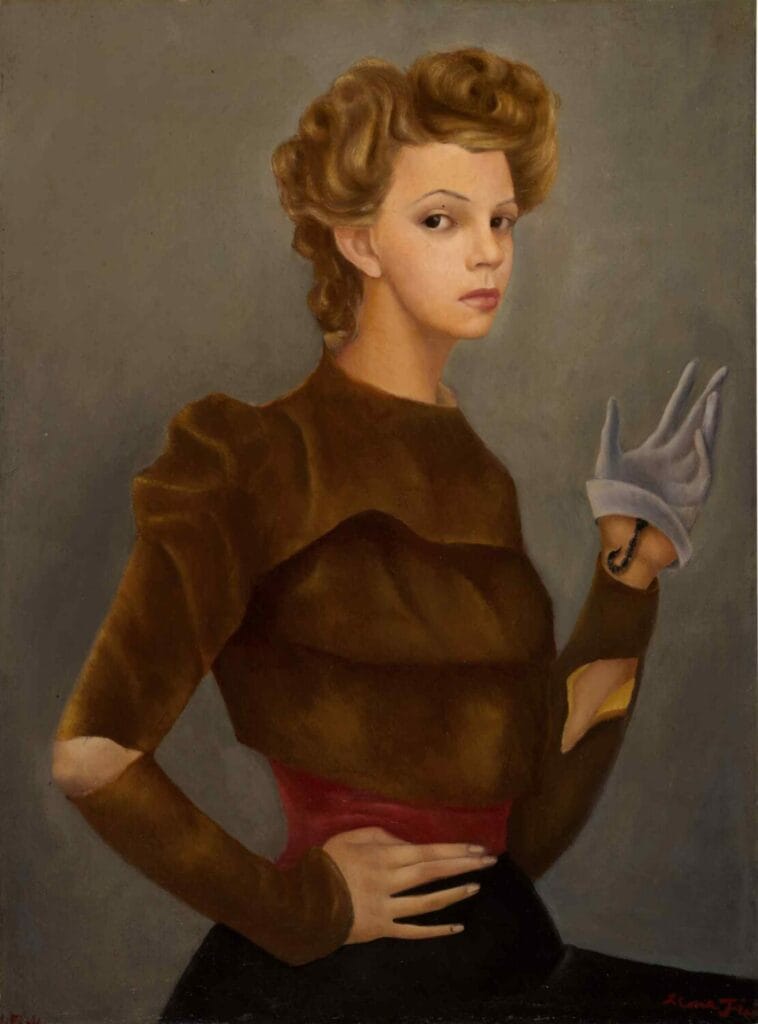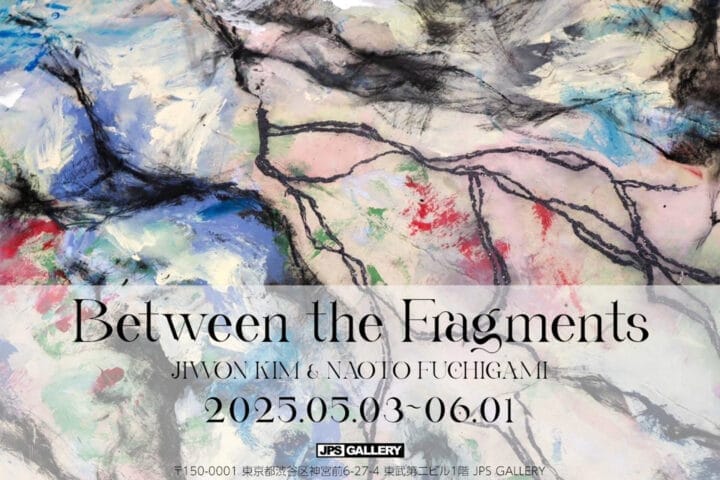Sotheby’s Unveils Further Highlights From Its
Impressionist & Modern Art Evening Sale
Including:
One of the Finest Late Portraits by Amedeo Modigliani
Left in Private Hands (Estimate $15/20 Million)
Peinture by Joan Miró
Gifted to His Close Friend Alberto Giacometti,
& Treasured in His Collection for Decades (Estimate $12/18 Million)
The First Major Work from Childe Hassam’s Famed Flag Series
To Come To Auction In More Than 20 Years
(Estimate $12/18 Million)
NEW YORK, 30 APRIL 2021 – Unveiled today, Amedeo Modigliani’s enchanting portrait of a young woman (estimate $15/20 million) and a richly symbolic abstraction by Joan Miró (estimate $12/18 million), which remained the personal collection of Alberto Giacometti for decades, will further highlight Sotheby’s Impressionist & Modern Art Evening Auction on 12 May in New York, in addition to newly announced works by Childe Hassam, František Kupka, Leonor Fini, Pablo Picasso, Egon Schiele, and many more. The outstanding group of works will be offered alongside many of the most well-known and beloved artists of Impressionist & Modern art, including: Claude Monet’s Le Bassin Aux Nymphéas (estimate in excess of $40 million), Paul Cézanne’s Nature Morte: Pommes Et Poires (estimate $25/35 million), Pablo Picasso’s Femme Assise En Costume Vert (estimate $14/18 million), and Edgar Degas’s Danseuse (estimate $10/15 million), among others. The full sale can now be viewed at Sothebys.com and will be on view by appointment at Sotheby’s York Avenue galleries from 1 – 12 May, before the auction begins at 8:30pm ET on 12 May.
AMEDEO MODIGLIANI’S JEUNE FILLE ASSISE, LES CHEVEUX DÉNOUÉS
Painted in 1919 following a move from Paris to the south of France a year prior, on the advice of his dealer Léopold Zborowski who feared for the artist’s health amid the increasing tension of the war, Jeune Fille Assise, Les Cheveux Dénoués (estimate $15/20 million) is one of the finest works from this productive period of Modigliani’s career. In the Côte d’Azur, Modigliani and his partner Jeanne Hébuterne were surrounded by an artistic community not unlike the one he associated with in Montparnasse, but far from Paris and the models that were afforded by Zborowski, Modigliani had to seek out new subjects on his limited stipend. Among the various portraits of Jeanne are a suite of depictions of the informal models Modigliani found in the local hotel workers, servants, and shop girls. This portrait captures the serenity of a youthful sitter and exemplifies the dynamic brushwork that defines the artist’s mature oeuvre. The mannerist, elongated features of the young woman’s face and figure, as well as her peaceful expression are a powerful synthesis of the recognizable traits that Modigliani developed in his post-1916 portraits: the simplification of the human form, the balance of soft lines and stark angles as well as the attenuated neck and vacant eyes. The portrait bears the hallmarks of Modigliani’s signature style, and Jeune Fille Assise, Les Cheveux Dénoués stands as one of the finest examples of the artist’s late portraits in private hands.

Joan Miró’s Peinture (estimate $12/18 million) combines the artist’s love of signs and symbols with a thematic narrative that is at once passionate, lyrical and intensely creative. Populated by Miró’s archetypal motifs – celestial bodies, gaping mouths, stretching limbs – the work presents a mix of poetic lyricism, radical abstraction, and semiotic complexity that was ground-breaking among the avant-garde during this period and defined the artist’s work throughout his career. Dedicated to Alberto Giacometti and his wife Annette, the painting forms part of a group of pictures painted in 1954 that Miró gifted to his closest friends and supporters. Having resided in the personal collection of the Giacomettis for decades, until it was sold by the Giacometti Foundation at Sotheby’s in 2015, the painting is a powerful and exceptionally beautiful testament to the friendship between two of the greatest artists of the twentieth century. Miró’s Peinture works are among the artist’s most sought after, with two out of the top three prices at auction for the artist from this series, including Peinture (Femme Au Chapeau Rouge), which sold at Sotheby’s London in 2020 for $29 million.

Childe Hassam’s Flags on 57th Street, Winter 1918 (estimate $12/18 million) from the artist’s iconic flag series will further highlight the sale, on offer from the New-York Historical Society and sold to support museum Collections. Of the approximately 30 works the artist painted of the exuberant celebrations held along Fifth Avenue in the context of the First World War, the present example is the only work from the series to depict New York on a snowy day. Exhibited together six times between 1917 and 1922, the flag paintings—including Flags on 57th Street, Winter 1918—were critically and popularly acclaimed, and during Hassam’s lifetime were recognized as brilliant portrayals of a rapidly modernizing country and its entry into its first World War. Today, they stand as iconic examples of Impressionism, of which Hassam was a leading proponent in the United States. The present work is poised to set a new auction record for the artist and marks the first time in more than 20 years that a major Hassam flag painting has been offered at auction, since Hassam’s Flags, Afternoon on the Avenue sold for nearly $8 million in 1998, establishing the artist’s current auction record.
Hassam first engaged with the imagery of flags on the avenue in response to the Preparedness Parade in New York City on May 13, 1916, and sought to capture the patriotic spirit that characterized the home front and invigorated the city. The present work depicts the scene from the window of his studio at 130 West 57th Street. Although 57th Street was a central thoroughfare in the city, it was not typically used for war-related parades and as such, Flags on 57th Street, Winter 1918 offers a perspective of the city that is among the most intimate of the series. Though images of the city and urban living pervade Hassam’s body of work, the flag paintings uniquely capture this extraordinary moment in the history of New York City as it transformed into the economic, technological and cultural hub of the United States. The New-York Historical Society retains in its permanent collection another of Hassam’s most famous flag paintings, The Fourth of July, 1916 (The Greatest Display of the American Flag Ever Seen in New York, Climax of the Preparedness Parade in May), 1916.
HIDDEN HARMONY: AN EXQUISITE PRIVATE COLLECTION
The three works on paper by Pablo Picasso collected in Hidden Harmony: An Exquisite Private Collection represent a remarkable selection of late works executed in 1967-68, a time when he devoted much of his creative energy to the medium. During this period, Picasso revisited many previous subjects of his oeuvre, such as amorous nudes, and his simplified linear renderings highlight Picasso’s reflection on youth, beauty and his own mortality in his late age. In Trois Nus Debout Et Personnage (estimate $1.5/2.5 million, pictured left), the figures of the four nudes are rendered in pencil and the visage of Picasso’s partner and ultimate muse, Jacqueline Roque, is instantly recognizable. Quatre Nus À La Colombe (estimate $1/1.5 million) showcases the undercurrent of sexuality running through much of Picasso’s work with the four nudes set within an interior bath-like setting, and captures the elegance and innate sensuality of his subjects. Lastly, Trois Nus (estimate $500/700,000) further reflects how Picasso increasingly used his art as an outlet for his desires that allowed him to recapture the passion of his younger years through the sensuality of line and form.

Leonor Fini found an endlessly versatile means for the exploration of identity throughout her 15 recorded self-portraits, and adored the creativity inherent in a shift of personhood. Autoportrait Au Scorpion (estimate $600/800,000) is an iconic personal statement by the self-taught artist, and is the only portrait Fini refused to sell during her lifetime. In this portrait, Fini depicts herself costumed in a structured brown corsage with torn sleeves, beautifully coiffed and dyed blonde hair, and a striking single pale blue glove, the bottom of which is turned back to reveal the emerging tail of a scorpion curling down to her wrist. Throughout, the portrait is laced with symbols and imagery—around her waist the deep red corset-sash that suggests a visceral and sexual body beneath this façade—in which Fini positions herself among other women associated with the Surrealist movement who used similar bodily revelations to explore liberated sexuality. But it is the image of the scorpion that is most enigmatic of all, embodying the lurking potential of death and capturing the essence of the Surrealist vision of an art of illusion and transformation.
FRANTIŠEK KUPKA’S PLANS DIAGONAUX I (PLANS VERTICAUX I)
Along with a group of artists that included Wassily Kandinsky, Piet Mondrian, Kazimir Malevich, and Robert Delaunay, František Kupka was an early pioneer of abstract art whose artistic legacy is more relevant than ever given the importance that abstraction has since assumed in modern artistic movements. Kupka’s Plans Diagonaux I (Plans Verticaux I) (estimate $2/3 million) is part of the artist’s Vertical and Diagonal Planes series, a stunning sequence of paintings he began in 1913 but returned to throughout his life. The series showcases Kupka’s acute awareness of contemporary discourse on color, spatial relationships and architectonic theories, and the tension embodied in Plans Diagonaux is quintessential Kupka: elegant, architectural, inimitable. Plans Diagonaux follows the recent sale of Kupka’s Le Jaillissement II (Tryskání II) at Sotheby’s London in March for $10.4 million, a new auction record for the artist.
EGON SCHIELE’S KAUERNDER WEIBLICHER AKT (CROUCHING FEMALE NUDE)
The expert draftsmanship in Egon Schiele’s Kauernder Weiblicher Akt (Crouching Female Nude) (estimate $2.5/3.5 million) is superb example of what set him apart from the other Expressionists, and showcases the freedom of execution that characterizes Schiele’s late period work. The first recorded owner of the present work was Dr. Heinrich Rieger, an influential collector in early 20th century Vienna and one of the artist’s most important patrons. A successful dentist, Dr. Rieger treated Schiele as a patient and was known to have accepted works of art in lieu of payment for his services. The work was recently restituted to the heirs of Dr. Rieger in 2021 by the Ludwig Museum, and it will now come to auction for the first time.












